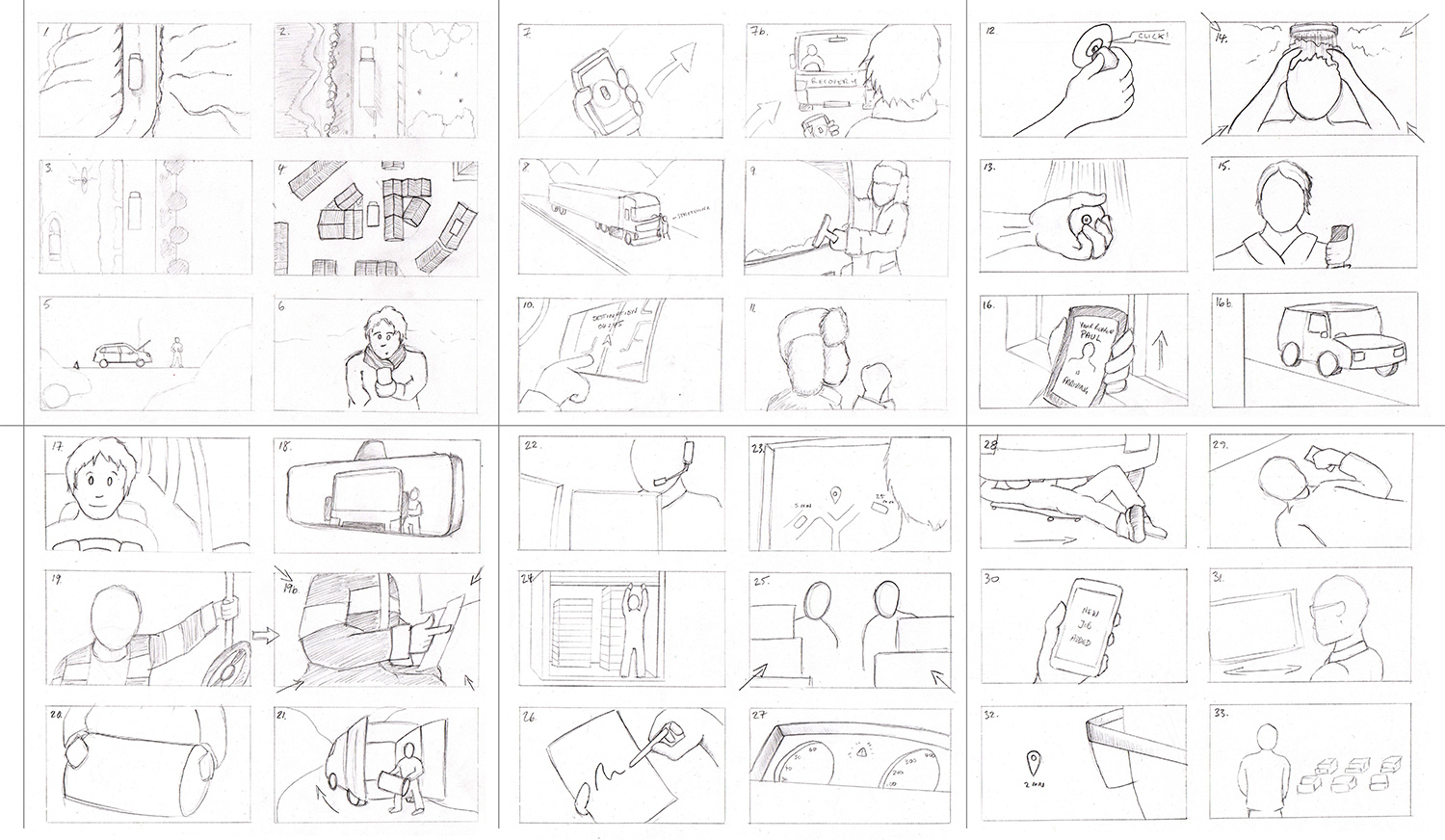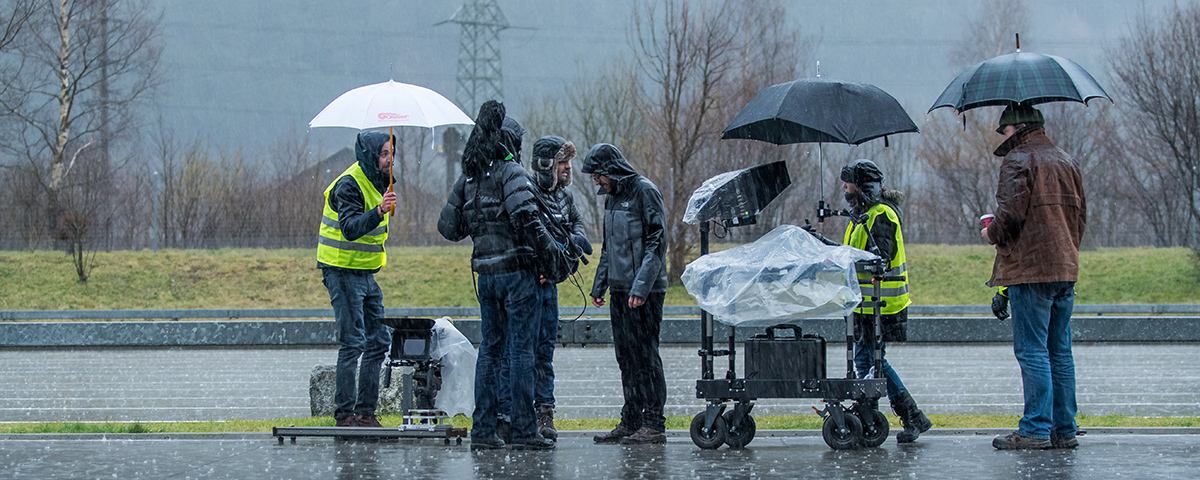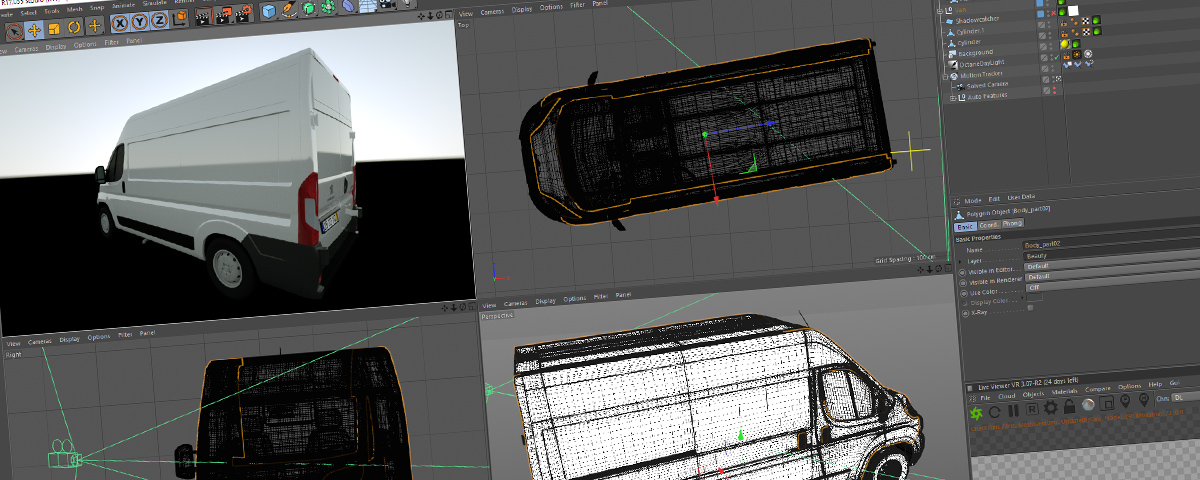In 2016, we created some animations for Fleetmatics, whose vehicle tracking technology is used in hundreds of thousands of commercial vehicles worldwide, explaining different facets of their telematics system and how it can help increase efficiency for anyone who runs a fleet of vehicles.
Fast-forward to December 2017, and they got back in touch. They (and two other similar companies) had been bought by US telecoms giant Verizon, and they needed a European brand video for the launch in March 2018: would we be interested, and could we turn it around in time?
Well, of course!
The parameters were: they needed a 60” brand video in English, French, German, Dutch and Polish (with an additional voiceover in English using an Irish-accented VO artist); it had to cover enough of Europe to resonate with a van driver in Grenoble as much as a trucker in Scotland; and it had to be ready for the brand launch on March 8th, no matter what. Beyond that, we were given pretty much free rein in terms of the storyboard and locations we used.
As reference, Verizon showed us a draft edit of a US brand video which they were making. We decided that given the timescales and potentially lengthy approval process, the best decision would be to adapt our script from this pre-existing video. The US version had a line of dialogue which we opted to remove, to avoid having to either reshoot it in five different languages or use dubbing (which always looks and sounds pretty dreadful), and we also reshaped some of the script to make it more “European”, but other than that, we were good to go.
We then created a storyboard detailing every shot we would need to film. This became the reference point throughout the production, and also guided us when we came to the edit.



